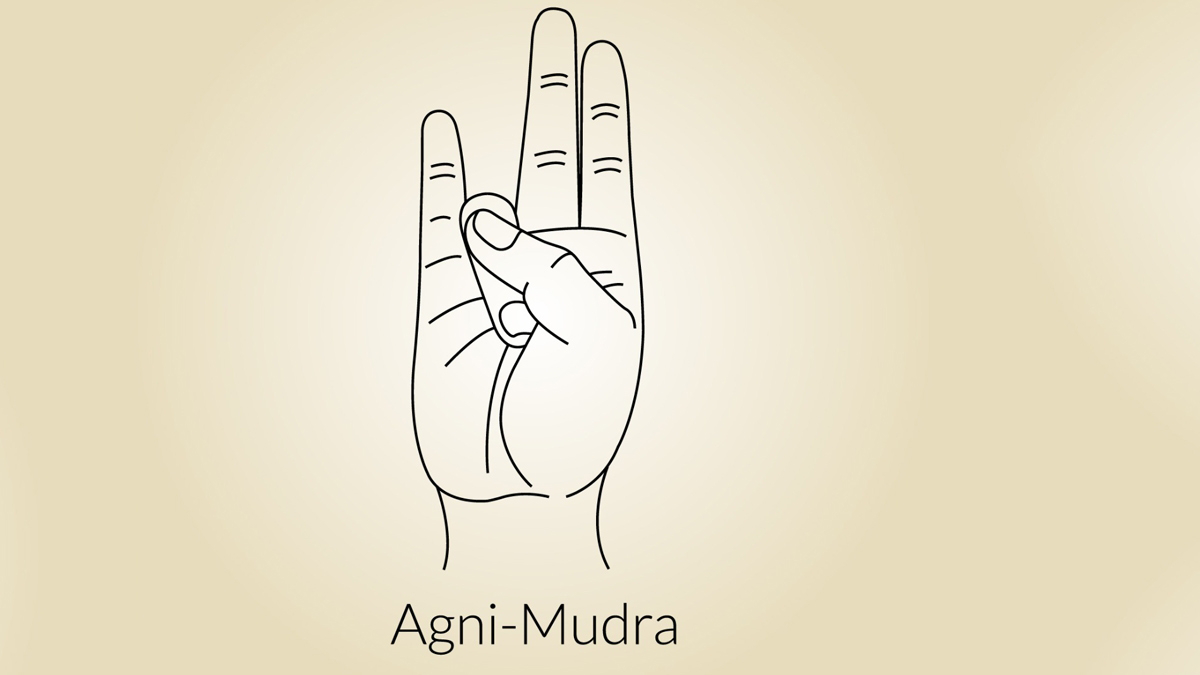Four Paths to Harmony in YOGA
Hey guys know more about Yoga, a timeless practice
that originated in ancient India, has transcended borders and cultures to
become a global phenomenon. It is not just a physical exercise but a holistic
approach to achieving inner peace, balance, and spiritual enlightenment. To
understand yoga better, we must delve into its essence and explore the four
main paths it offers.
What is Yoga? At
its core, yoga is a profound philosophy and a way of life. The term
"yoga" comes from the Sanskrit word "yuj," which means to
unite or join. Yoga seeks to unite the individual soul with the universal
consciousness, fostering harmony within oneself and with the world. It
encompasses physical postures (asanas), breath control (pranayama), meditation,
ethical guidelines, and self-awareness.
Four Types of Yoga:
1. Hatha
Yoga: Hatha yoga is the most widely practiced form in the West and
focuses on physical postures and breath control. It aims to balance the body
and mind by enhancing physical strength and flexibility. Hatha yoga provides a
solid foundation for those new to yoga, offering a gentle introduction to its
principles.
2. Bhakti
Yoga: This path centers on devotion and love. Bhakti yogis seek to
cultivate a deep, unconditional love for the divine, whether it be a personal
deity or a universal spirit. They express their devotion through prayer,
chanting, and selfless service, emphasizing the idea that love and service can
lead to spiritual awakening.
3. Karma
Yoga: Karma yoga is the yoga of selfless action. Practitioners of
this path believe that the key to spiritual growth is to act without attachment
to the outcomes of their actions. By dedicating their work to a higher purpose,
karma yogis aim to purify their hearts and minds, ultimately achieving
liberation from the cycle of birth and death.
4. Gnana
Yoga: Gnana yoga is the path of wisdom and knowledge. It involves
introspection, self-inquiry, and the contemplation of philosophical concepts.
Gnana yogis seek to understand the true nature of reality, recognizing that by
discerning the illusion of the self, they can attain enlightenment and
liberation.
Why Four Types of Yoga? The
diversity of the four yoga paths reflects the diversity of human beings and
their unique spiritual inclinations. Just as different individuals have
different learning styles, preferences, and temperaments, these paths cater to
various personalities and approaches to self-realization. Whether you resonate
with physical practice, devotion, selfless service, or intellectual inquiry,
there is a path of yoga for you.
Moreover, the four paths are
not mutually exclusive; they can complement one another. Many practitioners
combine elements of these paths to create a personalized yoga practice that
suits their individual needs and aspirations.
In conclusion, yoga is a
multifaceted journey that offers various avenues for individuals to discover
their true selves and achieve inner harmony. Whether you choose Hatha, Bhakti,
Karma, or Gnana yoga, the ultimate goal remains the same: the realization of
oneness with the universe and the profound peace that accompanies it. Embrace
the path that resonates with your heart, and let yoga guide you towards a life
of balance, wisdom, and spiritual fulfillment.




Comments
Post a Comment